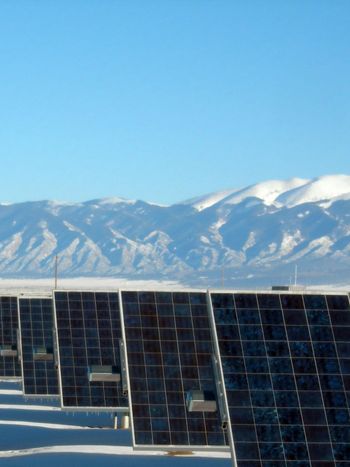Challenges of the Power System Operations in India
Indian electricity grid is the national lifeline connecting all the stakeholders. The power system operations are evolving with economic growth, clean & green development, technological advancements and universal access to electricity for over 1.3 billion people.


Introduction
The Indian grid, depicted in Figure 1, is one of the largest grids in the world. Despite the challenges of Covid-19 pandemic, India met a record demand of 190 GW in early 2021 and is on the way to achieve 175 GW of renewables by 2022, and 450 GW by 2030. Presently, in 2021, renewables (excluding large hydro) have a share of about 25 % (95 GW) in the total installed generation mix of 382 GW.
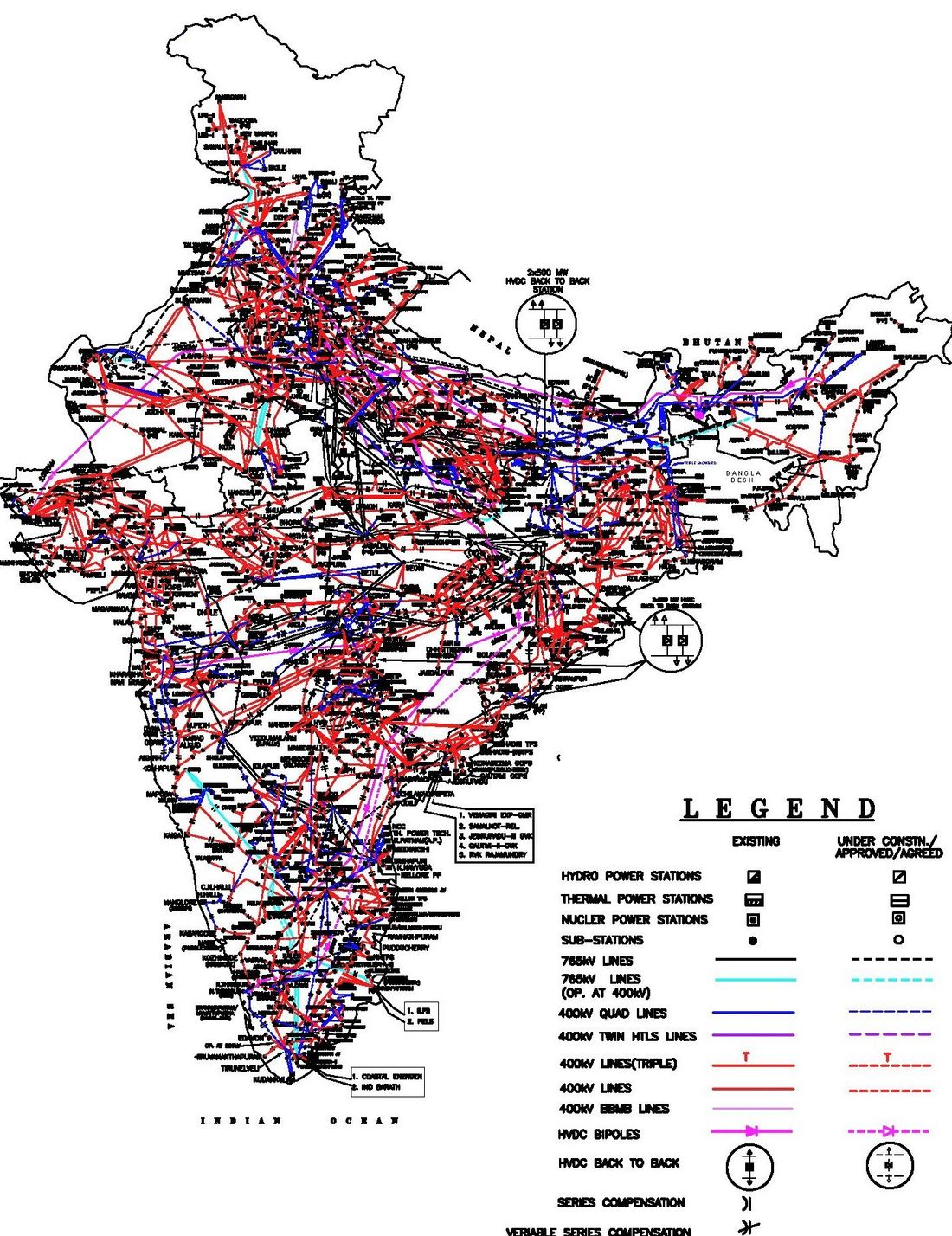
Figure 1 - Indian Electricity Grid (Source: CEA)
In order to meet the challenges posed by evolving grid architecture as well as newer technologies & market frameworks, several initiatives at policy and regulatory levels were taken in the recent years and are listed as follows:
- Frequency control through reserves
- Operational security and reliability
- Flexibility in operations
- Security Constrained Economic Dispatch (SCED)
- Introduction of ancillary services
- Refinements in imbalance pricing
- Real time electricity markets
- Integrated web-based energy scheduling pan-India and gate closure
- Better situational awareness through Renewable Energy Management Centres (REMCs)
- Synchrophasor technology deployment and application
- Modernizing grid infrastructure
- Grid resilience
- Data, controls and automation
- Sustainability through renewable energy certificates and energy efficiency certificates
The new and emerging challenges as well as steps being taken in the areas of system and market operations in India are highlighted next.
Adequacy & Resource Mix
As per Central Electricity Authority (CEA), Government of India (GoI) report, the generation mix by the end of 2029-30 is expected to involve over 51 % of wind and solar as depicted in Table 1.

Table 1 - Estimated Generation Mix 2029-30 (Source: CEA)
A simulated generation dispatch over a day, in 2029-30, as per CEA report depicted in Fig. 2 indicates large flexibility requirements to the tune of 100 GW by thermal and hydro generation resources.

Figure 2 - Generation Dispatch in 2029-30 (Source: CEA)
Recently, with the objective to add 30 GW of flexible hydropower by 2029-2030, Ministry of Power, GoI had notified long term trajectory for Hydro Purchase Obligation too.
A pilot on SCED pan-India covering 50 inter-state thermal stations with 59.5 GW capacity was operationalized from 1st April 2019. The reduction in production costs through SCED has been over INR ₹ 15 Billion since 2019. Looking ahead, it is recognized that a paradigm shift is taking place from the common denominator of reliability at least cost to a more complex algorithmic based optimization paradigm, also incorporating diverse resources and demand mix.
Reserves & Frequency Control
Primary response is mandated by the Indian Electricity Grid Code for all eligible generators. The testing for primary response is underway for around 240 generating units pan-India. There is consistent improvement over recent years in Frequency Response Characteristic, which is an indicator of primary response, as depicted in Fig. 3.
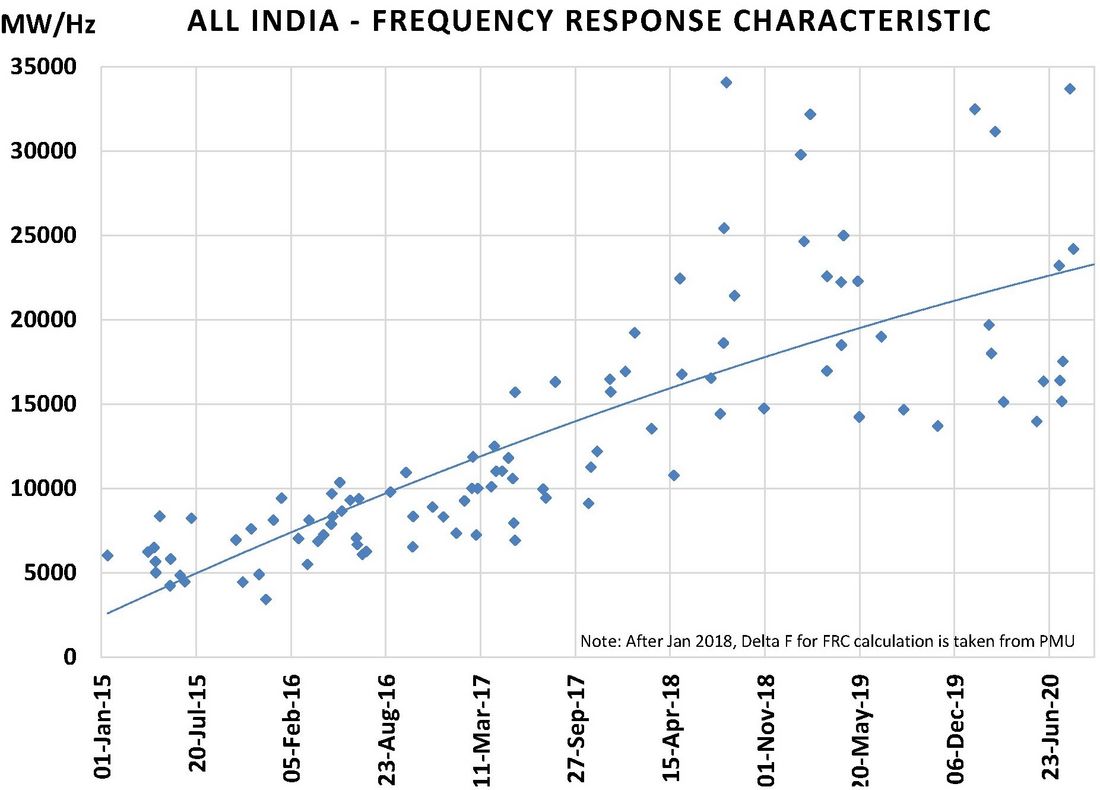
Figure 3 - Frequency Response Characteristic since 2015
Secondary response through Automatic Generation Control (AGC) is under progress with a pilot since 2018. Around 80 GW (closed loop testing for 35 GW completed) is being wired for AGC signals to be sent every four seconds to the respective generator.
Tertiary control through utilization of undispatched surplus in regulated tariff generation projects is being done under Reserve Regulation Ancillary Services since 2016. Regulation ‘Up’ and ‘Down’ instructions are given for over 65 GW generation pan-India. The ancillary services dispatch since 2016 is depicted in Fig. 4, with both Up and Down instructions to the tune of 4 GW.
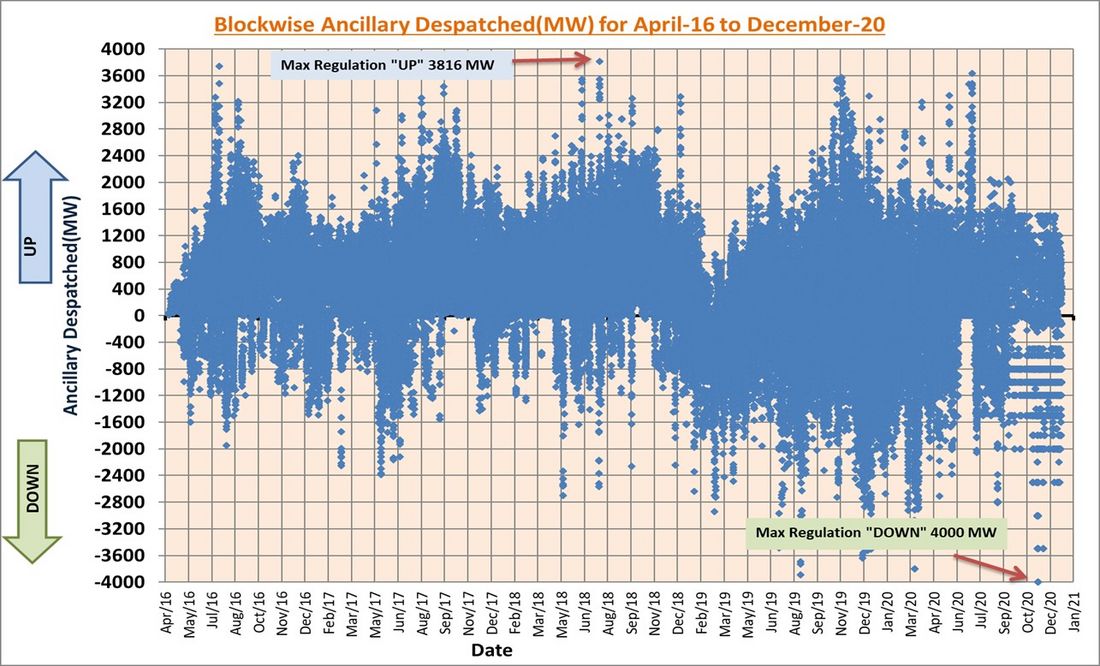
Figure 4 - Ancillary Services Dispatch since 2016
Modeling & Compliance
Dynamic (electromagnetic transients) model validation apart from RMS models as well as testing of renewables and upcoming technologies via real-time (PMU data) and field/on-site mode is being felt essential. Accordingly, a system for compliance monitoring of CEA standards and protection requirements has been mandated. There are provisions on monitoring and compliance oversight in the grid code and strengthening of the same is underway.
Resilience & Disaster Response
India, due to its geographic location and diverse topography, is encountering the increasing magnitude and frequency of ‘High Impact Low Probability’ events such as storms, floods, cyclones, heat waves, cold snaps, earthquakes, landslides, silt in rivers etc. which challenge the grid resiliency and power system operations.
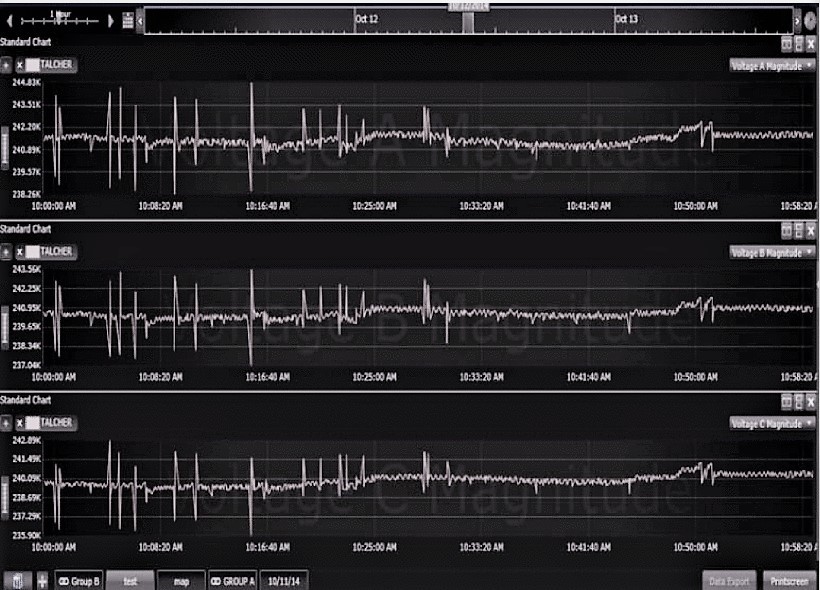
Figure 5 - Tripping during storm detected in PMU data
There have been ample improvements in the observability of such events in the recent years due to availability of high-resolution information (sample PMU data during a storm depicted in Fig. 5) and advanced numerical weather prediction models for forecasting.
Renewables also have an important role in supporting grid resilience through inertial response, frequency support, voltage support and black start through grid forming inverters.
Covid-19 pandemic has highlighted the need to strengthen system-level flexibility for pandemic resilient facilities to support and enable effective response in dealing with uncertainty. There is also a need for cross-sectoral synergy for crisis management for speedy restoration of the grid along with robust external public communication strategy
Flexibility & Incentives Design
In India, the improving adequacy scenario is leading to a natural load shape. The agricultural load is also shifting to solar hours. The all-India changing demand pattern and time of occurrence of peak/off-peak demand, as depicted in Fig. 6, are necessitating resource flexibility over the years.

Figure 6 - Shift in Demand Pattern over the years
Key regulatory initiatives were taken, at inter-state level, for incentivizing the minimum turn down level to 55% and higher ramp rates (above 1 %/minute) for the thermal generation plants.
The present transmission system is also providing a source of flexibility. India has one the largest HVDC networks in the world with:
- Four HVDC Back-to-Back links
- Eight HVDC Bi-pole links including VSC based HVDC
- One HVDC multi-terminal link connecting three regions
- One international HVDC between India & Bangladesh.
At present, there are five SVCs and thirteen STATCOMs pan-India providing dynamic reactive power for voltage support.
Market design enhancements such as 15-minute bidding in power exchanges in April 2012 and Real Time Market (RTM) in June 2020 with gate closure have been implemented. The 15-minute time-block wise RTM volumes, as depicted in Fig. 7, with maximum of over 4.5 GW has been observed.
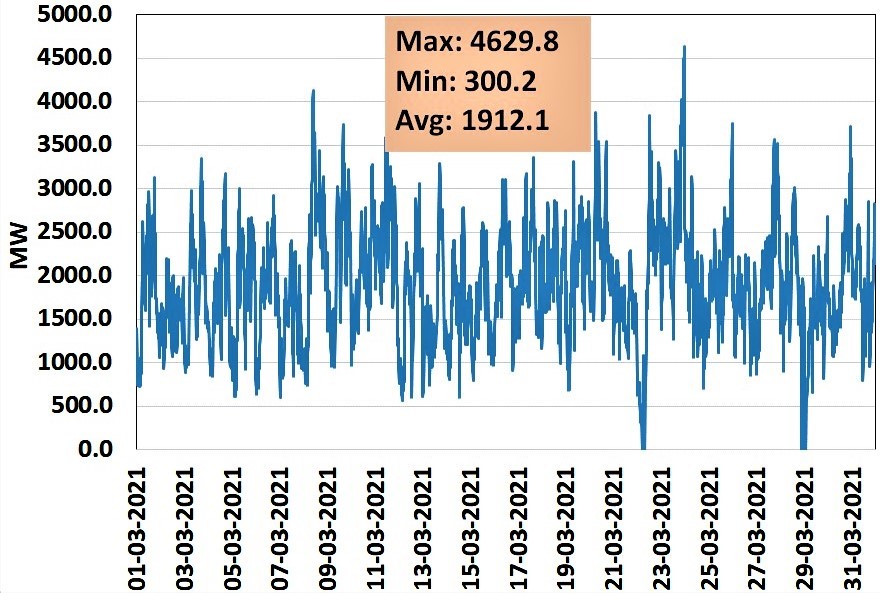
Figure 7 - Volumes in Real Time Market
Future Focus Areas
In order to continue the ongoing reforms, the future focus areas are as envisaged:
- Integration of new actors such as electric vehicles, storage, green hydrogen, Distribution System Operators
- Seams management with nested/fragmented control areas
- Energy & capacity procurement with physical and financial market structures in various time horizons
- Inertia monitoring and assessment
- Planning challenges of geographically concentrated large-scale renewables
- Essential reliability services from renewables and customer-owned resources along with voltage control & black-start ancillary services
- Risk-based probabilistic transmission planning processes and criteria along with non-wires alternatives
- Offshore wind and hybrid renewables (wind-solar, wind-solar-storage etc.)
- Digital infrastructure, cyber security & way of work scalable with interoperable information & communication systems
- Modernization of control centres with artificial intelligence tools and maximization of system performance
- Expansion of regional footprint with multi-lateral cross border trade
- National Open Access Registry as digital platform for pan-India electricity market
Conclusion & The Way Forward
The future power system would be an “integrated decentralized” system with a layered hierarchy of optimizing sub-systems. The role of the system operator would undergo a paradigm shift with multi-use assets, new grid services and innovative business models. The system operators have an important role as catalyst of power sector reforms.
Thumbnail & banner credit : BremecR on iStock - Bada Bagh, India
